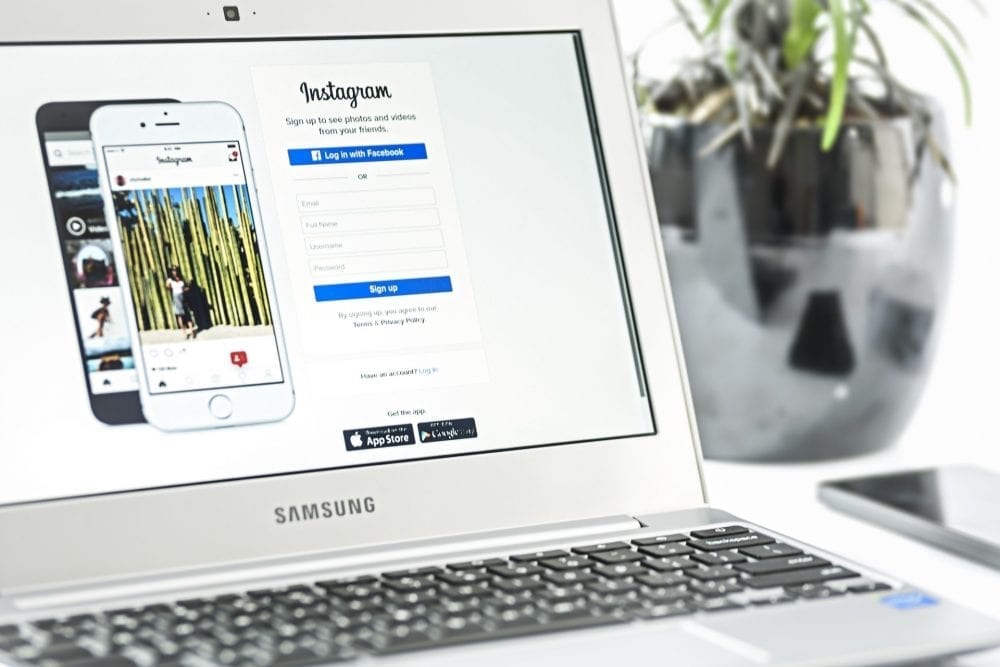Recently, we introduced you to our preferred social media management application Lobster Engage – a comprehensive management and analysis tool. However, there are a wide array of other applications out there that perform similar tasks so here we give you the low down on the most popular ones and what sets them apart from each other.
Since social media exploded onto the scene, businesses have been quick to take advantage of the new technology to help establish brand awareness and enhance sales promotions quickly and effectively.
There are a number of social media management applications available, such as Tweetdeck, Hootsuite, Socialoomph and Tweetadder for example, and each platform claim to offer the user everything you could possibly need to manage and control your posts and feeds. However, nothing is ever as straight forward as it may first seem, and you may well end up cherry-picking each application for their best functions.
There is an advantage to using different applications to spread your social media activities. It can be a good strategy to avoid relying on one single application provider, and patiently spreading your posts and tweets to avoid possible Twitter de-activation for example. Persistent posting from one sole provider can be interpreted as spamming the system, which could lead to problems further down the line.
Lets take a look at some of the features available on some of the platforms that may be useful tools for your business promotions:
TweetDeck: This platform has been around for a few years now, and has been modified and streamlined over the years to become more user-friendly. You can display a number of accounts together on screen alongside each other and select the contents you are interested in. A handy way to keep an eye on posts by rival companies, and to watch posts using hot keywords.
Tweetadder: This is a very useful platform that allows you to programme direct messages to Twitter, but will also search for related posters to follow based on your chosen keywords. Although it can turn up potentially thousands of targets for you. You don’t become overwhelmed with information as you can select how and when you want to follow posters, and even set daily manageable levels.
When you first start out with Tweetadder you could be tempted to make an absolutely huge target list. What can be more manageable and productive for you is to focus on small bursts of targets using one keyword at a time, then monitor to assess the relevance of who you are following and who is following you back. There is an app that you can set with a waiting time to be followed. Those that do not follow you back in a given time will be automatically un-followed. A great management tool!
Hootsuite: When this platform was launched it was seen as the main rival to TweetDeck, and it does indeed let you display multiple accounts in the same way. The big advantage is that it goes across more social media, allowing you to capture a web page that you want to tweet about to your followers not only on Twitter, but also on Facebook and other social media platforms too. You can synchronise your social media accounts and hook them up to Hootsuite when you set up your account, then you simply select the accounts that you do or do not want to post to from your Hootsuite list each time you publish a post.
This can be a handy site for multiple tweeting new insights or industry related news that your followers would find useful, and you can easily add a secondary URL back to your own site or current promotion if its relevant, but beware of using affiliate links or cloaked links as the secondary URL. Using cloaked or affiliate links in this way can get you banned from Twitter, so it is better to use links back to your own web pages. You could always re-direct potential customers from your own page to somewhere else such as an affiliate page if necessary.
Hootlets are best used to spread a steady level of new posts to your followers as well as run your pre-programmed distribution of scheduled tweets. Another very useful way to manage your social media feeds.
SocialOomph: On first appearance you may not be as impressed by SocialOomph compared to Hootsuite, especially if you have used Hootsuite before trying out SocialOomph. It is true that it doesn’t tend to give you such a good search or account viewing option, but it does have some innovative functions that give it a nice edge.
You can hook up your Twitter accounts, Facebook groups, LinkedIn pages, RSS feeds, blogs, Plurk, and App.net activities. You can also schedule regular updates and run large lists of tweets and Facebook posts, search for high-quality people to follow, and monitor social media activity. Multiple-blog posting is a very attractive tool for running ongoing promotions. You can also monitor when your accounts have been favourited and any of your posts re-tweeted by setting up an email notification programme.
This platform is very user-friendly too with easy to set up text files and auto-compression of long URLs to save space. However, resist the temptation to reuse the same shortened URL in programmed tweets in more than one account or this could put you at risk of de-activation.
Try to follow the same rule regarding cloaked web-links and affiliate links as with Hootsuite, use your own web pages in your posts to avoid violating the rules.
Like any regular social media activity, you will need a few extra hours per week to set up and run multiple platforms, but it will be well worth the investment to boost your social media presence and standing, to widen your network and coverage, and to impact on your sales and marketing efforts.



